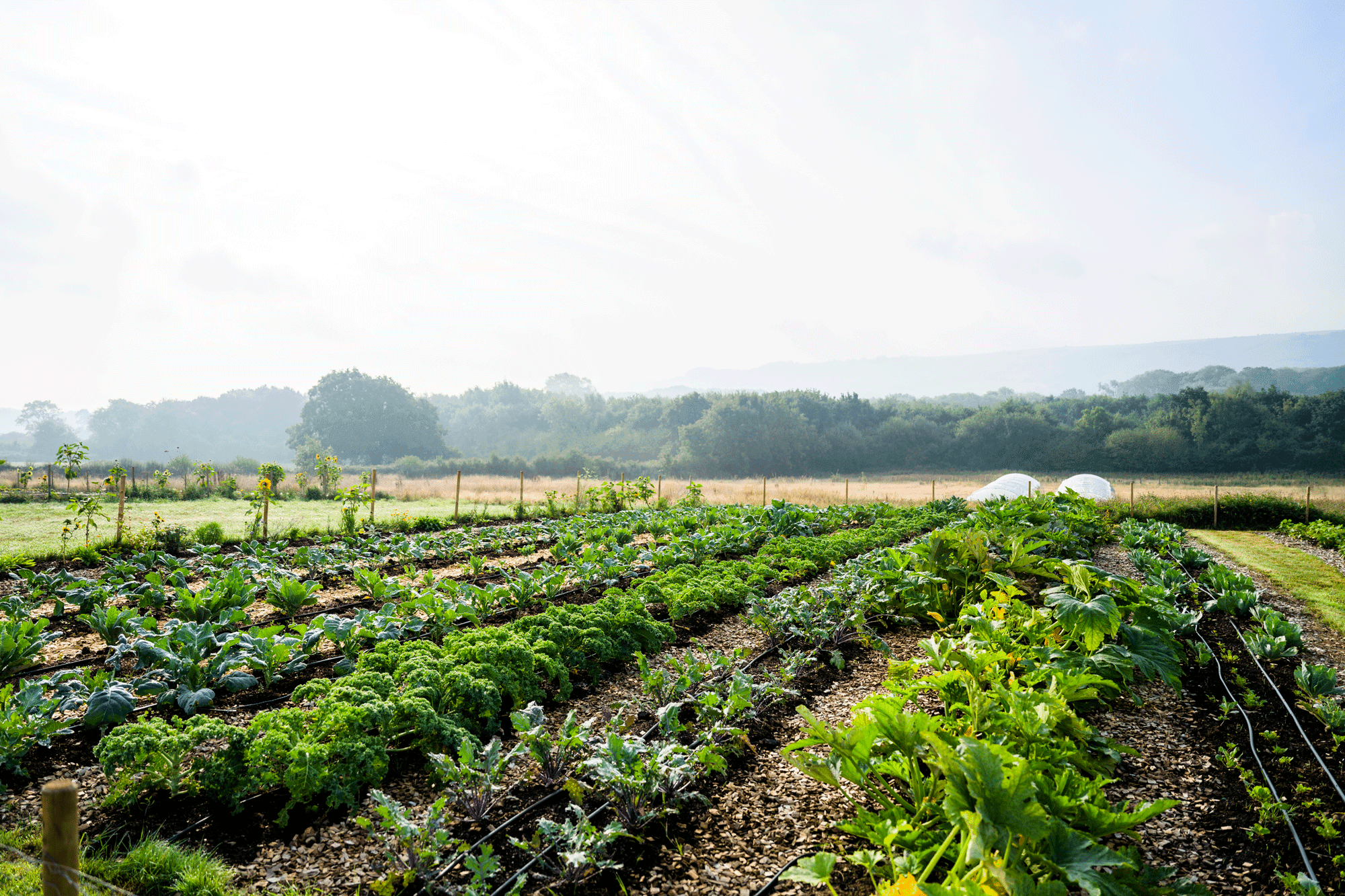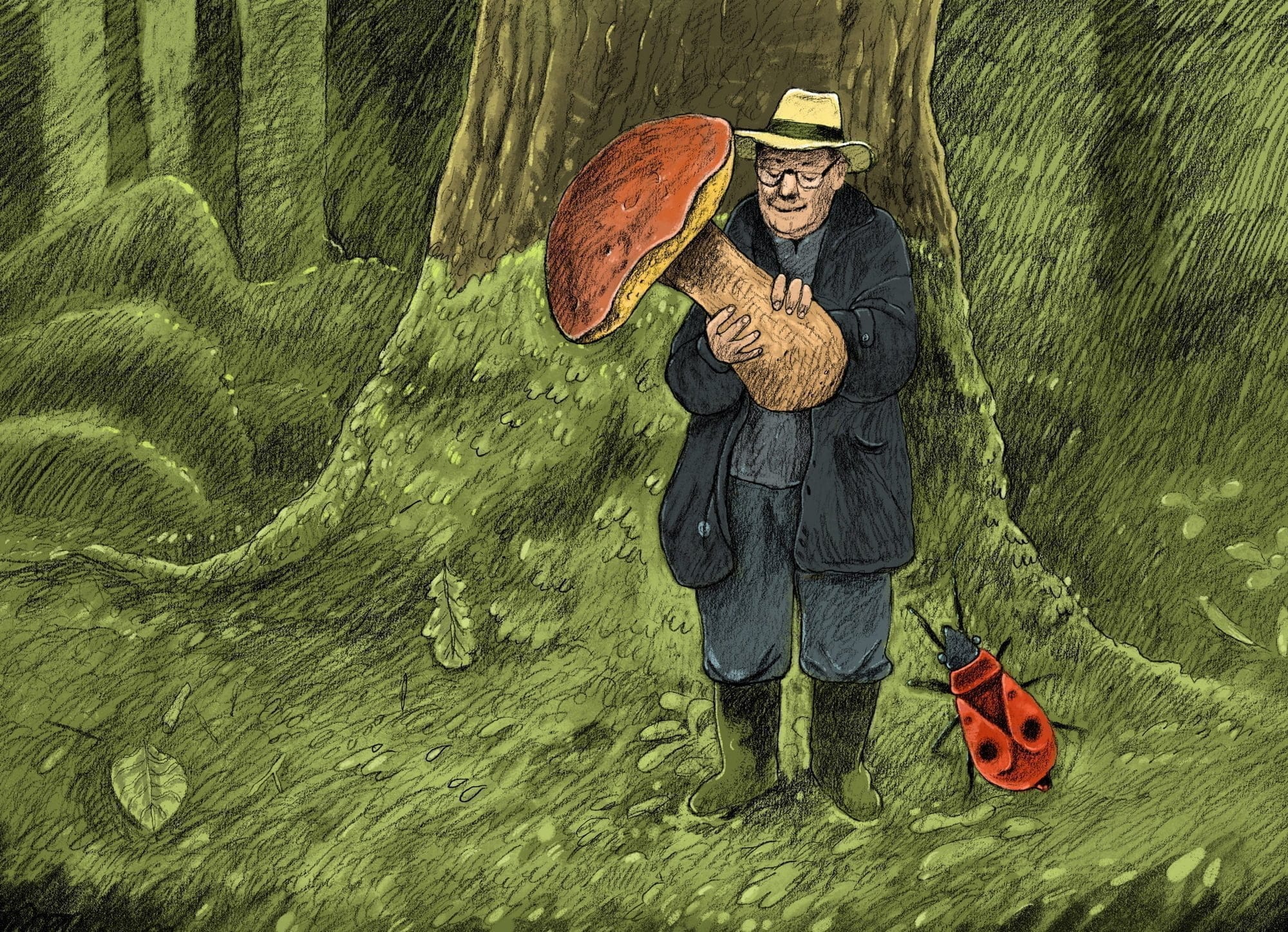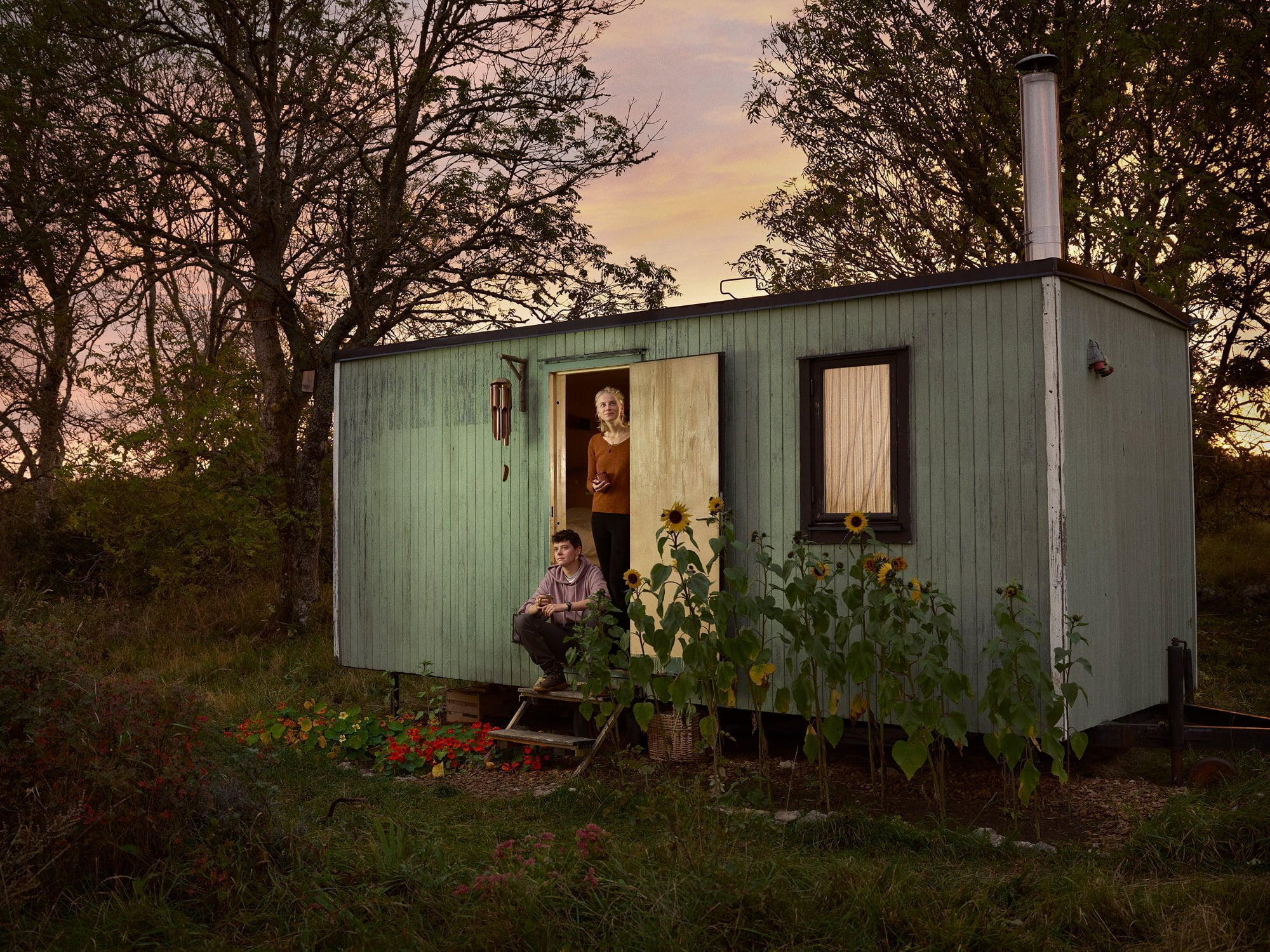Farming will always make an impact on the environment. But it doesn’t have to be negative. That’s what regenerative agriculture is all about.
When you think about pollution, what do you picture? Power plants? Planes? Freeways?
All those things do pollute. But did you know that a quarter of the heat-trapping pollution that causes climate change is caused by our food? Industrial farming drives deforestation, uses up water, degrades soil, harms biodiversity, and pollutes waterways. When it’s animals being farmed, the impacts are even greater. But that’s not the only way to farm.
What is regenerative agriculture?
Regenerative agriculture is an approach to farming and grazing that works with nature to restore soil and ecosystem health, and leave our land, waters and climate in better shape for the future. The idea is that when soil is healthy, it produces more and better food, stores more carbon dioxide and boosts biodiversity.
It’s an alternative to conventional agriculture, which takes a big toll on the land, and currently accounts for around a quarter of the world’s carbon emissions.
Regenerative agriculture has received significant attention in recent years as a promising nature-based solution to climate change, but it’s not a new concept. Many of the key practices of regenerative agriculture – such as crop rotation (which improves biodiversity by varying the types of crops planted) and no-till techniques (to minimize soil disturbance and carbon release) – have their roots in Indigenous communities. This Indigenous knowledge is increasingly being recognised in global climate strategies.

Photo: Johnny Greig via Getty Images
What are the benefits?
Firstly, regenerative agriculture helps to improve soil quality by enhancing its organic matter content and ability to retain water. This can increase crop yields and improve resilience against droughts or floods. That’s important not only for withstanding extreme weather events, which are increasing in frequency and intensity as the Earth warms, but also for feeding the growing world population.
Secondly, regenerative agriculture creates habitats for insects, birds and other wildlife. By reducing or avoiding the use of harmful pesticides or herbicides, it allows natural ecosystems to thrive.
Furthermore, regenerative farming practices contribute to mitigating climate change. Healthy soils act as carbon sinks by removing carbon dioxide from the atmosphere and storing it in the ground. This helps to reduce greenhouse gas emissions and combat global warming.
Challenges of regenerative agriculture
Despite the benefits, regenerative agriculture also has disadvantages. In many cases, farmers need to acquire new knowledge and skills. Regenerative practices can also require more work, such as pulling weeds which in conventional agriculture are typically eliminated using artificial pesticides and herbicides. In addition, the transition away from conventional farming takes time and few subsidies are currently available to farmers looking to make that switch.
How to support regenerative farms
There are several ways to support regenerative agriculture, even if you have little or no direct contact with farms and food producers. The easiest way is to buy products from farmers that follow regenerative practices. By supporting these farmers financially, other farmers may be encouraged to adopt similar methods.
For a more hands-on approach, consider joining – or even starting – a regenerative farming cooperative. In Denmark, thousands of people have come together to buy up land and farm it in a way that nurtures nature. The cooperative already has three farms and is looking for its fourth.
Regenerative agriculture offers numerous benefits for our environment and food systems. Although it has a way to go before it can offer a large-scale alternative to conventional farming, it’s clear that regenerative farming is a growing source of important ideas and influence along the food chain.
Interested in more hopeful stories and inspiration on how to live a planet-friendly life? Sign up for our newsletter and get a 20% discount on our latest magazine too.
Imagine5 Volume 4 is here.

Cover star Madame Gandhi on the sounds of the Antarctic, free climber Alex Honnold reveals his biggest challenge yet, actor Rainn Wilson embraces his soulful side and much more more!
Starting at 7,- plus shipping
Get your copy now








